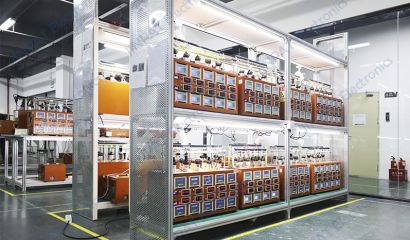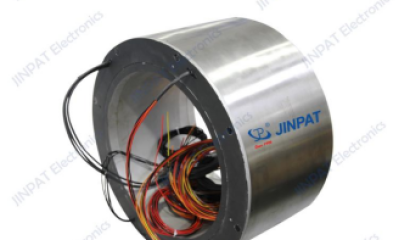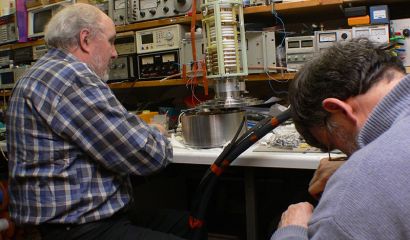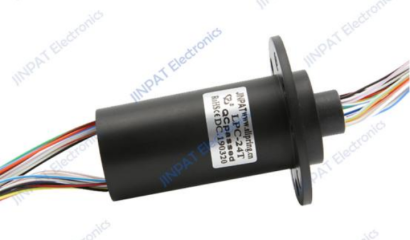JINPAT Hardware Accessories Standard Slip Ring
2025-01-10 16:38 by admin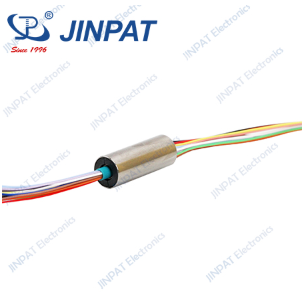
Although standard slip ring models represent only a small part of the entire JINPAT slip ring range, they find a wide range of applications in various fields. For example, JINPAT’s capsule slip rings, split slip rings and smaller diameter hollow shaft slip rings can be directly installed into mechatronic systems, medical instruments and facilities. Additionally, it can be applied to other tools and equipment. Today we will take a look at a standard slip ring that is small in appearance but has high output.

First of all, the JINPAT LPMS Super Mini Slip Ring is the smallest model in the capsule slip ring series. JINPAT LPMS slip rings allow up to 12 channels and have a 1 amp capacity. JINPAT ultra-miniature slip rings support the simultaneous transmission of different signals. This series of slip rings has the characteristics of low torque and low friction, which can achieve a long product life, ultra-small size, and excellent electronic performance. The LPMS-12A has a plastic housing with a diameter of 11.1 mm. It is a very small slip ring but has a larger diameter. Compared to other slip ring models, the diameter remains at 10mm. At just 6.5mm in diameter, the LPMS-12U is the smallest in the series. Due to these characteristics, many JINPAT ultra-small slip rings are used in flaw detectors.
JINPAT LPM miniature slip rings are larger than the LPMS ultra-miniature series. Miniature slip rings are available in diameters ranging from 12.5 to 20 mm and can accommodate 4 to 30 channels. Larger diameter miniature slip rings are available on request. Total station equipment is a typical application of miniature slip rings. LPM-18C is a very typical slip ring model in total stations.
Cap slip rings are larger than the previously mentioned types. The standard cap type is available from 3 channels to 125 channels, with a capacity of 2A. There are only a few cassette slip rings available in ratings of 10A, 15A and 30A. Minimum diameter 22 mm, maximum diameter 54 mm. JINPAT’s representative capsule slip ring model is LPC-06B. Commonly used in microwave chemical synthesis.





